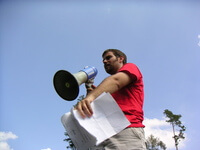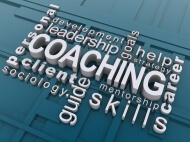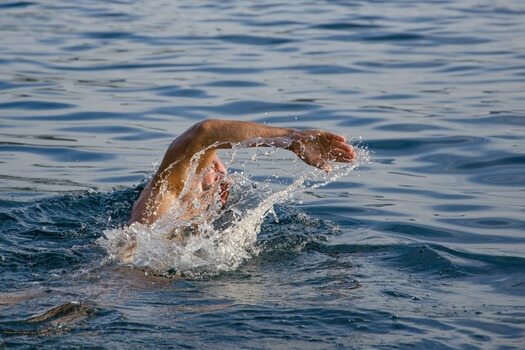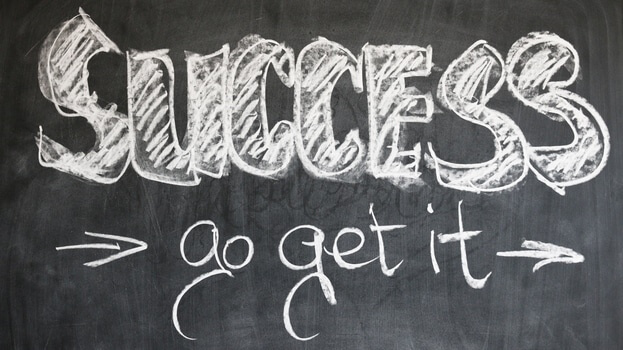Think about your favorite restaurant. What is it about that particular restaurant that makes it your favorite? Chances are it is the combination of quality products, good service, and a great atmosphere that keeps you coming back for more. If any one of these three areas were below standard would you return? You’d probably think twice before recommending the restaurant to your friends.

Now think about your physical education program. Your students may or may not have a choice whether or not to frequent your classroom, but if you are trying to promote your program, then satisfying customers should be your first order of business.
First, take a look at your product. Do you have a quality physical education program that has a variety of skills on the menu? Although students often seem to prefer to play certain games, remember that they only know what they have experienced. Varying your content and using a variety of strategies, technology and also differentiating the instruction will keep students from getting bored and will motivate them to move with purpose. Furthermore, students who find your classes intellectually as well as physically challenging will be more likely to talk about, “What they did in PE today,” to their parents.





